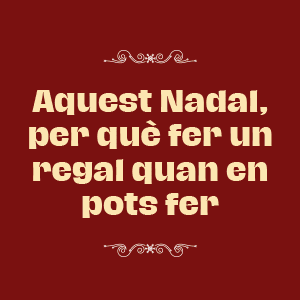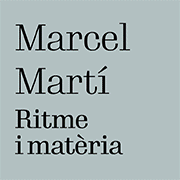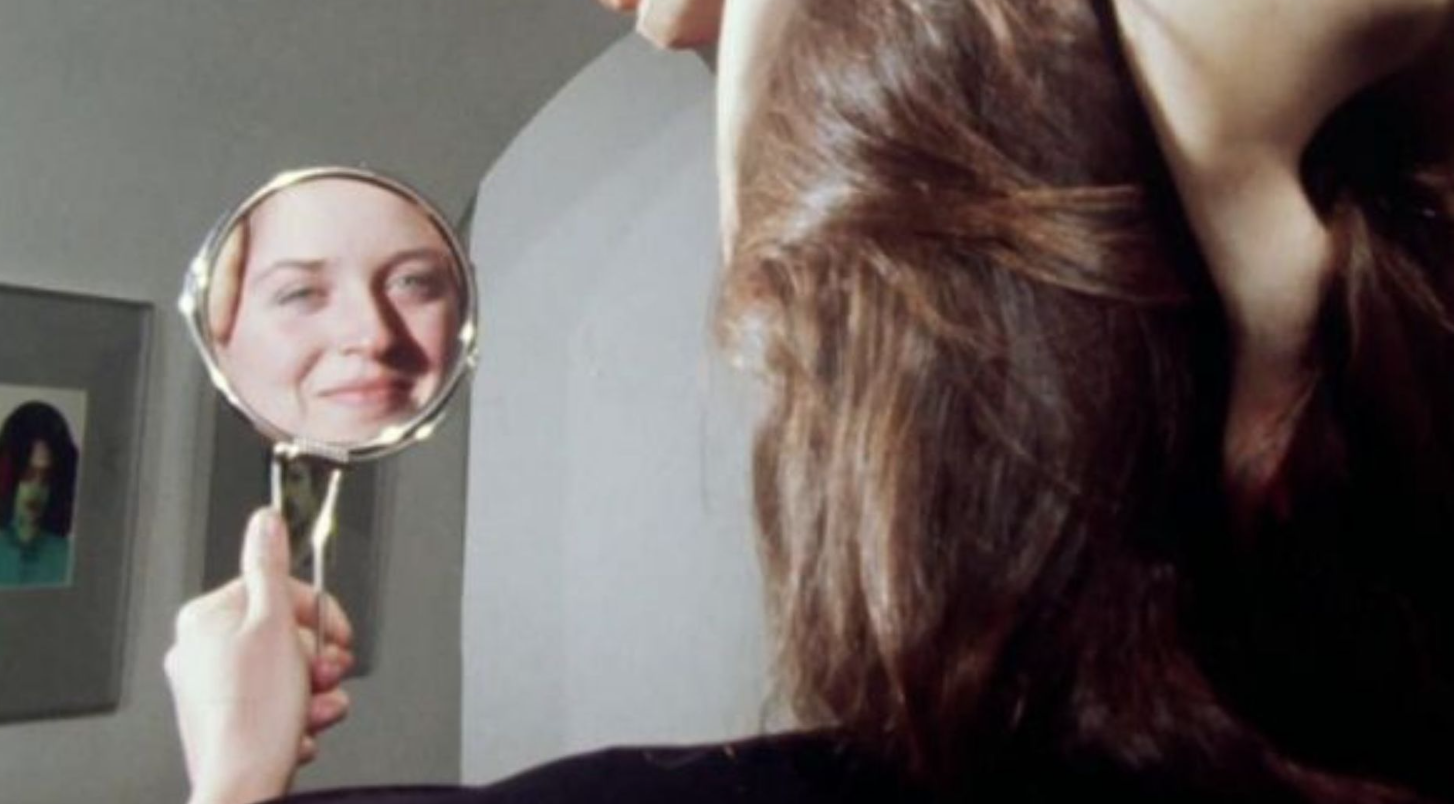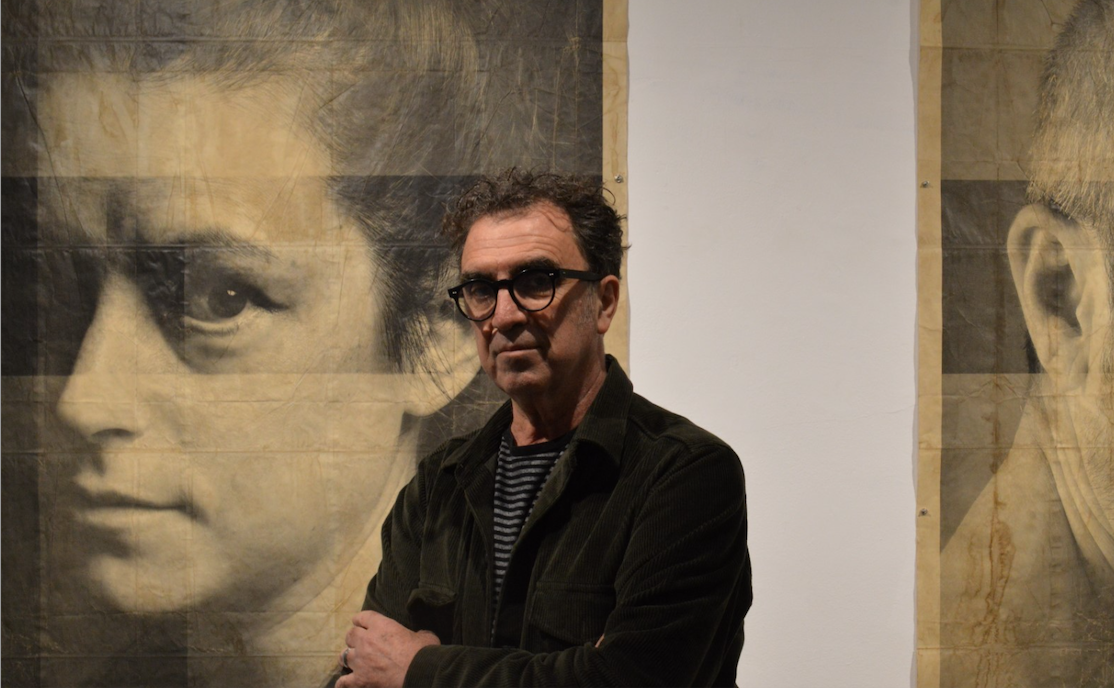News
The Sant Esteve de Gualter Altarpiece (c. 1385) by Jaume Serra arrives at the Joan Miró Foundation
With this new presentation of the Collection, the Joan Miró Foundation offers a new key to reading Miró's work and, therefore, opens new dialogues and connections with visitors
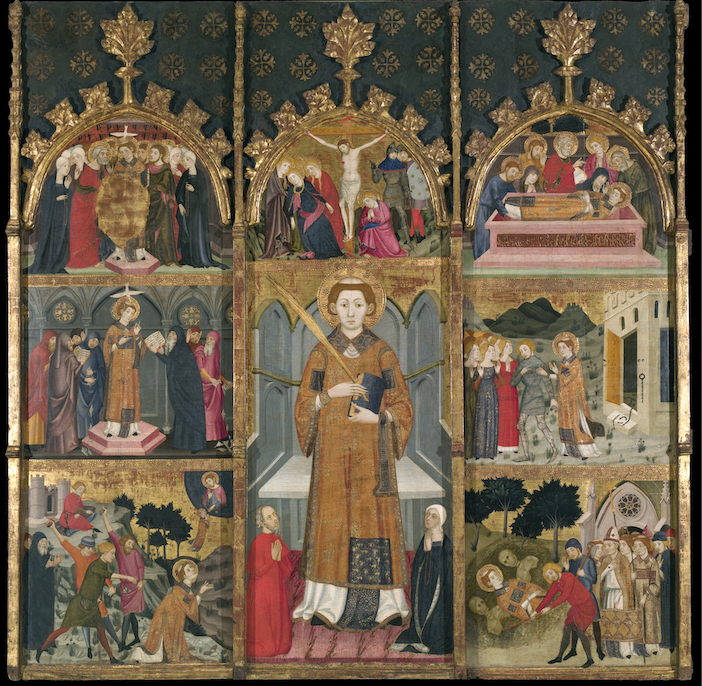
The Joan Miró Foundation presents a new vision of its permanent collection with the inclusion of a Gothic altarpiece. This piece stands out for its influence on the career of the Catalan artist, marking a dialogue between tradition and the avant-garde that characterized Miró's work.
During an exclusive interview with Teresa Montaner, curator of the foundation, it was revealed that the choice of this Gothic altarpiece is not accidental. Miró always showed a deep respect for tradition, while reinterpreting its elements with a modern eye. According to Montaner, "this altarpiece represents the verticality and detail that Miró admired and which he later incorporated into his own work."
The presentation of the altarpiece in Room 1 of the Foundation symbolizes a starting point for the new exhibition, which seeks to offer an immersive and thematic experience. "We want visitors to understand Miró's work from a broader perspective, seeing the connections between his work and the sources of inspiration that surrounded him," says Montaner. This thematic approach also responds to the artist's interest in collecting and archiving, highlighting his ability to absorb and transform influences into unique elements within his work.
The altarpiece, attributed to Jaume Serra and previously located in Santa Maria de Gualter, is a key piece for understanding the period in which Miró began to define his personal style, after a first exhibition that the artist himself considered a failure. "Miró sought a change and this altarpiece symbolizes this transition, showing the artist's continuous interest in detail and composition that he would later simplify in his trajectory towards a more abstract style," explains Montaner. In addition, the foundation has chosen this piece to illustrate Miró's relationship with other forms of historical art, such as Romanesque art, and his collaboration with the MNAC.



